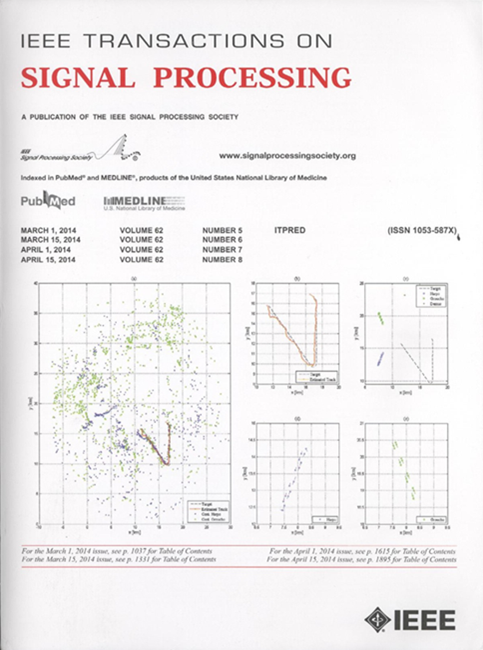Communication-Efficient Distributed Bayesian Federated Learning Over Arbitrary Graphs
IF 4.6
2区 工程技术
Q1 ENGINEERING, ELECTRICAL & ELECTRONIC
引用次数: 0
Abstract
This paper investigates a fully distributed federated learning (FL) problem, in which each device is restricted to only utilize its local dataset and the information received from its adjacent devices that are defined in a communication graph to update the local model weights for minimizing the global loss function. To incorporate the communication graph constraint into the joint posterior distribution, we exploit the fact that the model weights on each device is a function of its local likelihood and local prior and then, the connectivity between adjacent devices is modeled by a Dirac Delta distribution. In this way, the joint distribution can be factorized naturally by a factor graph. Based on the Dirac Delta-based factor graph, we propose a novel distributed approximate Bayesian inference algorithm that combines loopy belief propagation (LBP) and variational Bayesian inference (VBI) for distributed FL. Specifically, VBI is used to approximate the non-Gaussian marginal posterior as a Gaussian distribution in local training process and then, the global training process resembles Gaussian LBP where only the mean and variance are passed among adjacent devices. Furthermore, we propose a new damping factor design according to the communication graph topology to mitigate the potential divergence and achieve consensus convergence. Simulation results verify that the proposed solution achieves faster convergence speed with better performance than baselines.基于任意图的高效通信分布式贝叶斯联邦学习
本文研究了一个完全分布式联邦学习(FL)问题,其中每个设备被限制仅利用其本地数据集和从通信图中定义的相邻设备接收的信息来更新本地模型权重,以最小化全局损失函数。为了将通信图约束合并到联合后验分布中,我们利用每个设备上的模型权重是其局部似然和局部先验的函数这一事实,然后,相邻设备之间的连通性由Dirac Delta分布建模。这样,联合分布就可以被因子图自然地分解。基于Dirac - δ因子图,提出了一种将循环信念传播(LBP)和变分贝叶斯推理(VBI)相结合的分布式近似贝叶斯推理算法,该算法将局部训练过程中的非高斯边际后验近似为高斯分布,从而使全局训练过程类似于高斯LBP,在相邻设备之间只传递均值和方差。此外,我们提出了一种新的基于通信图拓扑的阻尼因子设计,以减轻潜在的分歧,实现共识收敛。仿真结果表明,该方法具有较快的收敛速度和较好的性能。
本文章由计算机程序翻译,如有差异,请以英文原文为准。
求助全文
约1分钟内获得全文
求助全文
来源期刊

IEEE Transactions on Signal Processing
工程技术-工程:电子与电气
CiteScore
11.20
自引率
9.30%
发文量
310
审稿时长
3.0 months
期刊介绍:
The IEEE Transactions on Signal Processing covers novel theory, algorithms, performance analyses and applications of techniques for the processing, understanding, learning, retrieval, mining, and extraction of information from signals. The term “signal” includes, among others, audio, video, speech, image, communication, geophysical, sonar, radar, medical and musical signals. Examples of topics of interest include, but are not limited to, information processing and the theory and application of filtering, coding, transmitting, estimating, detecting, analyzing, recognizing, synthesizing, recording, and reproducing signals.
 求助内容:
求助内容: 应助结果提醒方式:
应助结果提醒方式:


